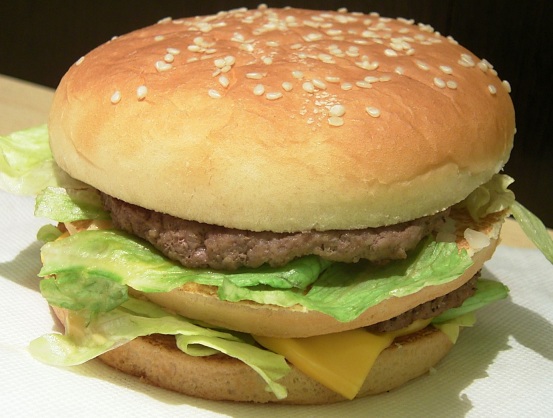Big Mac Index Purchasing Power Parity (PPP)
Search Dictionary
Definition of 'Big Mac Index Purchasing Power Parity (PPP)'
The Big Mac Index is published by The Economist magazine and is an informal way of measuring the purchasing power parity between two currencies and provides a test of the extent to which market exchange rates result in goods costing the same in different countries.
The Big Mac Index was introduced in The Economist in September 1986 by Pam Woodall as a semi-humorous illustration and has been published by that magazine annually since then. This index has also been credited with spinning off the word burgernomics.
The Big Mac PPP exchange rate between two countries is obtained by dividing the price of a Big Mac in one country (in its currency) by the price of a Big Mac in another country (in its currency). This value is then compared with the actual exchange rate; if it is lower, then the first currency is under-valued (according to PPP theory) compared with the second, and conversely, if it is higher, then the first currency is over-valued.
For example (using figures in July 2008):
The Big Mac Index was introduced in The Economist in September 1986 by Pam Woodall as a semi-humorous illustration and has been published by that magazine annually since then. This index has also been credited with spinning off the word burgernomics.
The Big Mac PPP exchange rate between two countries is obtained by dividing the price of a Big Mac in one country (in its currency) by the price of a Big Mac in another country (in its currency). This value is then compared with the actual exchange rate; if it is lower, then the first currency is under-valued (according to PPP theory) compared with the second, and conversely, if it is higher, then the first currency is over-valued.
For example (using figures in July 2008):
- The price of a Big Mac was $3.57 in the United States
- The price of a Big Mac was £2.29 in the United Kingdom (Britain) (Varies by region)
- The implied purchasing power parity was $1.56 to £1, that is $3.57/£2.29 = 1.56
- This compares with an actual exchange rate of $2.00 to £1 at the time [(1.56-2.00)/2.00]*100= -22%
- The pound was thus overvalued against the dollar by 22%
Do you have a trading or investing definition for our dictionary? Click the Create Definition link to add your own definition. You will earn 150 bonus reputation points for each definition that is accepted.
Is this definition wrong? Let us know by posting to the forum and we will correct it.
Emini Day Trading /
Daily Notes /
Forecast /
Economic Events /
Search /
Terms and Conditions /
Disclaimer /
Books /
Online Books /
Site Map /
Contact /
Privacy Policy /
Links /
About /
Day Trading Forum /
Investment Calculators /
Pivot Point Calculator /
Market Profile Generator /
Fibonacci Calculator /
Mailing List /
Advertise Here /
Articles /
Financial Terms /
Brokers /
Software /
Holidays /
Stock Split Calendar /
Mortgage Calculator /
Donate
Copyright © 2004-2023, MyPivots. All rights reserved.
Copyright © 2004-2023, MyPivots. All rights reserved.
